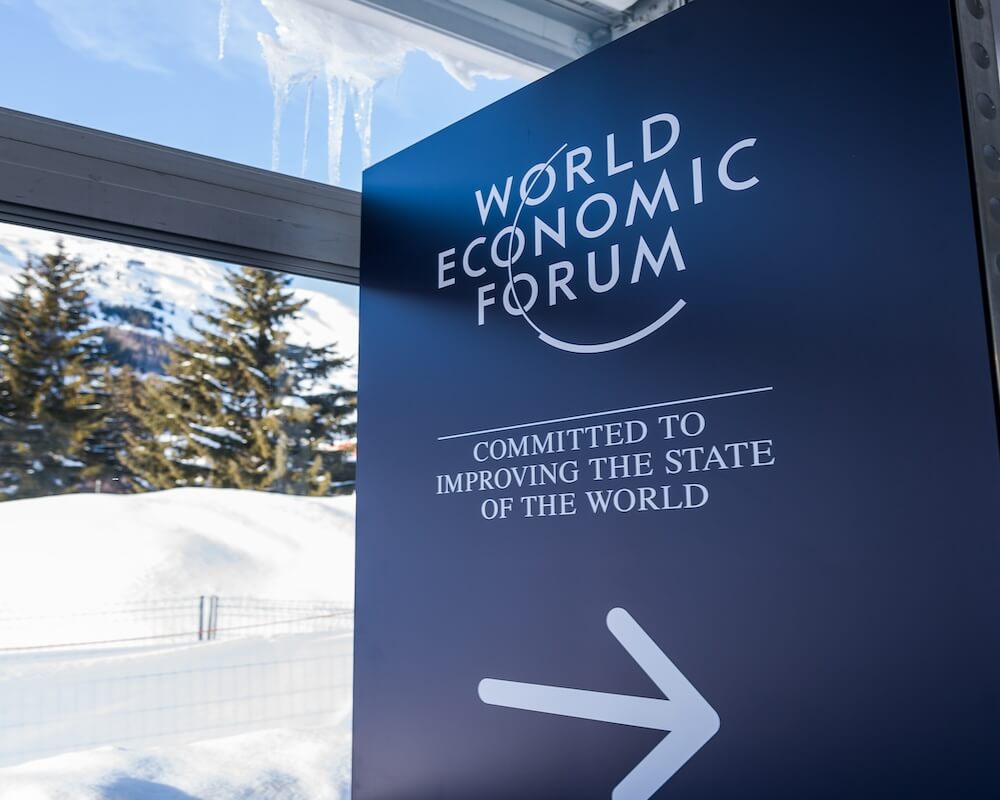
Posted July 26, 2022
By Ray Blanco
Starlink Has a New Competitor From Across the Pond
The widespread adoption of satellite internet could solve a multitude of problems across the world and Elon Musk’s Starlink has done a great job putting itself at the forefront of the satellite internet movement.
In fact, Starlink is often the only company that people associate with satellite internet.
And while there are a handful of competitors with the capability for satellite internet deployment, not many of them can hold a candle to the presence Starlink has.
But that might not always be the case…
Recently, Parisian Eutelsat Communications agreed to acquisition terms with the UK-based OneWeb Global Ltd. This deal aims to combine the two companies’ separate fleets of internet-delivering satellites to create a bigger competitor for Elon’s Starlink service.
The all-share merger puts OneWeb’s valuation at $3.4 billion, a number agreed on by both companies.
Before the deal, Eutelsat held a stake of nearly 24% in OneWeb, while the UK government owned around 19%.
When the deal is all said and done, the government stake in the combined company will be reduced to 11%. However, it will continue to hold a “special share” that provides London with certain national-security assurances.
Part of the deal provides that the two companies will combine their existing satellite fleets. Eutelsat will put up its 36 geostationary-orbit satellites and OneWeb will provide its fleet of 428 low-Earth-orbit satellites that are already in use.
There are a few key differences between the two companies' satellites that the merger aims to utilize in tandem with each other.
Geostationary satellites orbit further out into space, are stationed along the equator, and move slower than the low-Earth-orbit satellites. The trade-off is that the geostationary satellites can operate in a larger coverage area.
Meanwhile, the low-Earth-orbit satellites are positioned closer to the Earth’s surface, cover a smaller area, and need to operate in a constellation of other connected satellites for accurate communication. The benefit here is quick connectivity.
By combining the quick connectivity of the low-Earth-orbit satellites and the wide coverage of the geostationary satellites, the joint company hopes to provide better service to its customers.
To a bright future,

Ray Blanco
Chief Technology Expert, Technology Profits Daily
AskRay@StPaulResearch.com

